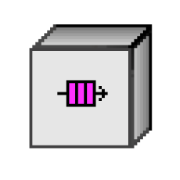Weird cRIO Behaviour with DVRs
-
Similar Content
-
Network Variables stop working - no rhyme, no reason...
By Sam Dexter,
- troubleshooting
- labview 2017
- (and 2 more)
- 7 replies
- 1,421 views
-
- 0 replies
- 780 views
-
remote control Initialize raspberry pi with LINX
- linx
- raspberrypi
- (and 2 more)
- 1 reply
- 1,973 views
-
I need to run a new .rtexe deployed into a cRIO without rebooting.
By pcortes,
- rtlinux
- startup.rtexe
- (and 3 more)
- 1 reply
- 2,148 views
-
- 3 replies
- 3,149 views
-




Recommended Posts
Join the conversation
You can post now and register later. If you have an account, sign in now to post with your account.